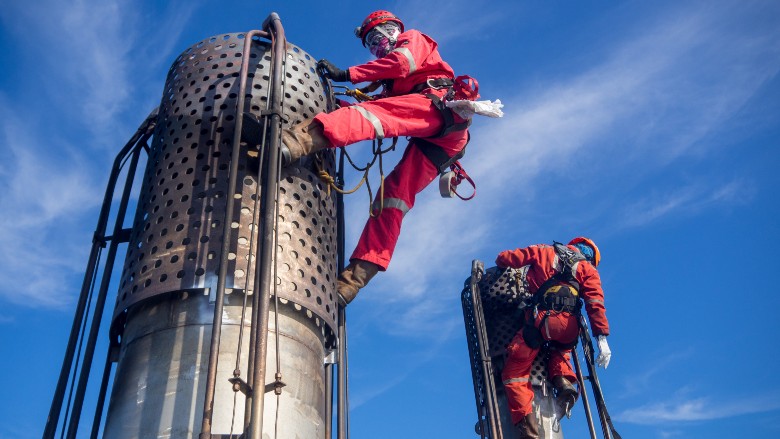
February 2, 2022 – Gas flaring, the burning of natural gas associated with oil extraction, occurs due to a range of issues, from market and economic constraints, to a lack of appropriate regulation and political will. The practice results in various pollutants released into the atmosphere, including carbon dioxide, methane, and black carbon (soot).
Routine gas flaring is a significant source of Greenhouse gas (GHG) emissions from upstream oil and gas operations and is estimated to account for up to 9 percent of the oil and gas industry’s scope 1 and 2 emissions. In 2020, flaring released over 400 million tons of carbon dioxide equivalent emissions into the atmosphere, roughly equivalent to the GHG emissions of around 77 million cars.
Successful gas flaring reduction can help conserve a valuable natural resource that can be used for productive purposes, such as generating power. For instance, the amount of gas that is currently flared each year – about 142 billion cubic meters – could power the whole of sub-Saharan Africa.
This Flaring Management Guidance for the Oil and Gas Industry, developed in partnership with Ipieca and IOGP, outlines new flaring management and reduction developments, and examines industry experiences with eliminating flaring, new technologies, business models, operational improvements, and regulatory policy. The guidance also features case studies and examples of positive change.
The guidance aims to: